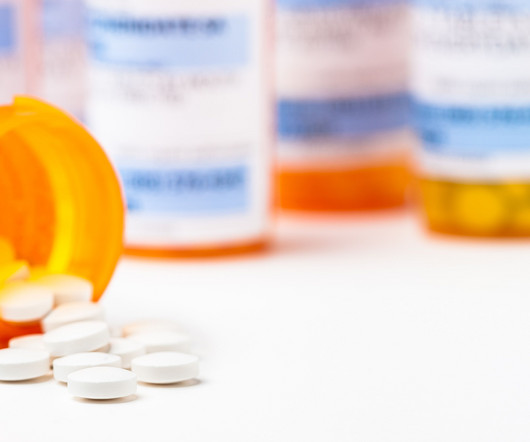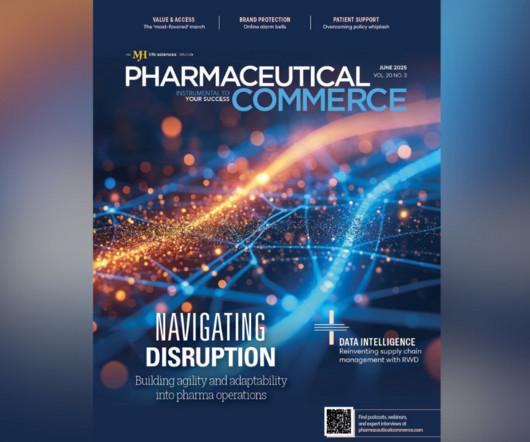Bolstering Health Technology Assessment With the Help of AI
Pharmaceutical Commerce
JUNE 17, 2025
Artificial intelligence addresses key limitations of traditional health technology assessments—such as data gaps and time-intensive processes—through automation, real-time data integration, and advanced predictive modeling, leading to faster and more informed decisions. In order to automate and enhance these tasks, AI-driven NLP can assist.













Let's personalize your content